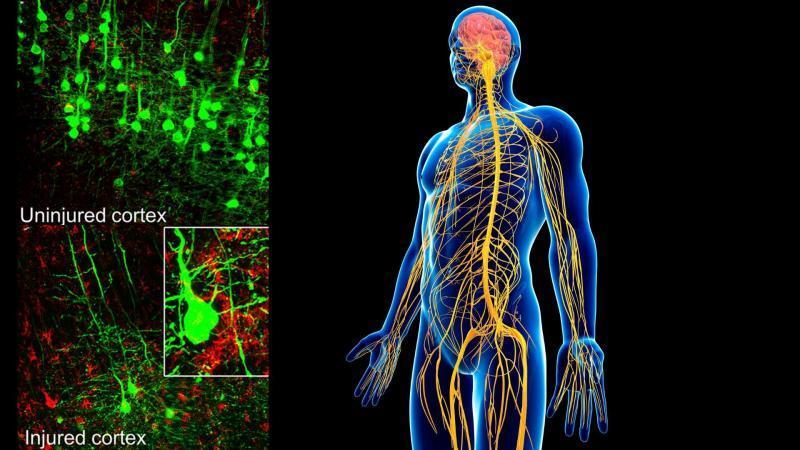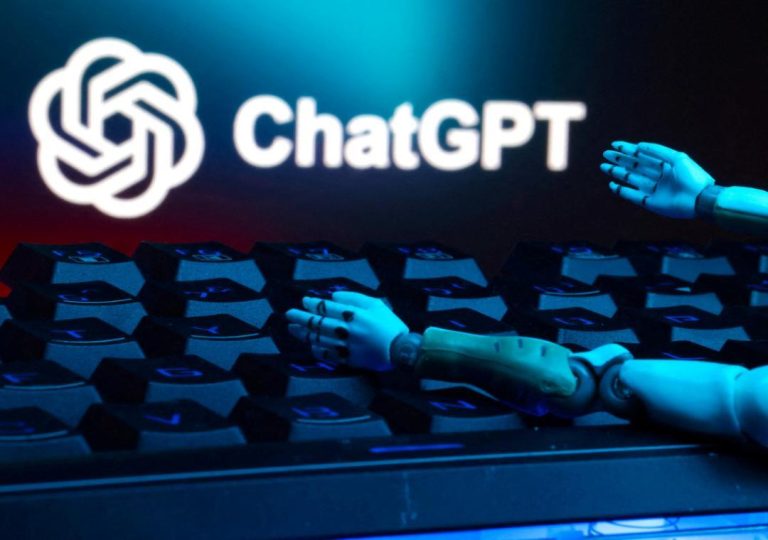
Proximity’s Role in CST Neuron Repair Response: A Study Highlights the Importance of Distance in Spinal Cord Injury Recovery
Spinal cord injuries (SCIs) are a devastating and debilitating condition that can result in permanent paralysis, loss of sensation, and significant impairment of motor function. The corticospinal tract (CST) is a critical pathway for motor control, and damage to this tract can lead to severe motor dysfunction. Researchers have long sought to understand the mechanisms underlying the repair response of CST neurons after SCI, with a focus on identifying potential therapeutic targets.
A recent study published in Research Matters has shed new light on the role of proximity in triggering the repair response of CST neurons after SCI. The study, which used mice as a model, found that lesions closer to the cell body of the CST neuron activated growth and repair genes, while lesions farther away had minimal effect.
The Study
The research team, led by Dr. [Last Name], used a mouse model of SCI to investigate the effects of lesion distance on the repair response of CST neurons. The team induced spinal cord lesions at varying distances from the CST neuron cell body and analyzed the expression of genes involved in neuronal repair and regeneration.
The results were striking: lesions closer to the cell body (within 1 mm) led to a significant increase in the expression of genes involved in neuronal repair and regeneration, including growth factors, transcription factors, and cell cycle regulators. In contrast, lesions located farther away (greater than 1 mm) had minimal effect on gene expression.
Mechanisms Underlying Proximity-Dependent Repair Response
The study’s findings suggest that the proximity of the lesion to the cell body plays a critical role in triggering the repair response of CST neurons. One possible mechanism underlying this proximity-dependent response is the activation of growth factors and their receptors.
Growth factors, such as brain-derived neurotrophic factor (BDNF) and nerve growth factor (NGF), play a crucial role in promoting neuronal survival, differentiation, and regeneration. These growth factors are typically produced in response to injury and can be activated by the proximity of the lesion to the cell body.
Another possible mechanism is the activation of transcription factors, such as c-Jun and c-Fos, which are involved in regulating gene expression during the repair response. These transcription factors may be activated by the proximity of the lesion to the cell body, leading to the expression of genes involved in neuronal repair and regeneration.
Implications for Spinal Cord Injury Recovery
The study’s findings have significant implications for the development of treatment strategies for SCI. One potential approach is to use gene therapy to deliver growth factors and transcription factors to the site of injury, in order to promote the repair response of CST neurons.
Another potential approach is to use cell-based therapies, such as stem cell transplantation, to deliver cells that can promote the repair response. For example, stem cells can be engineered to produce growth factors and transcription factors, which can be delivered to the site of injury.
Conclusion
In conclusion, the study highlights the importance of proximity in triggering the repair response of CST neurons after SCI. The findings suggest that the proximity of the lesion to the cell body plays a critical role in activating growth factors and transcription factors, leading to the expression of genes involved in neuronal repair and regeneration.
The study’s findings provide a pathway for potential treatments in SCI recovery, including gene therapy and cell-based therapies. Further research is needed to fully understand the mechanisms underlying the repair response of CST neurons and to develop effective treatment strategies for SCI.
News Source:
https://researchmatters.in/news/when-distance-matters-nerve-cell-repair-after-spinal-cord-injury






